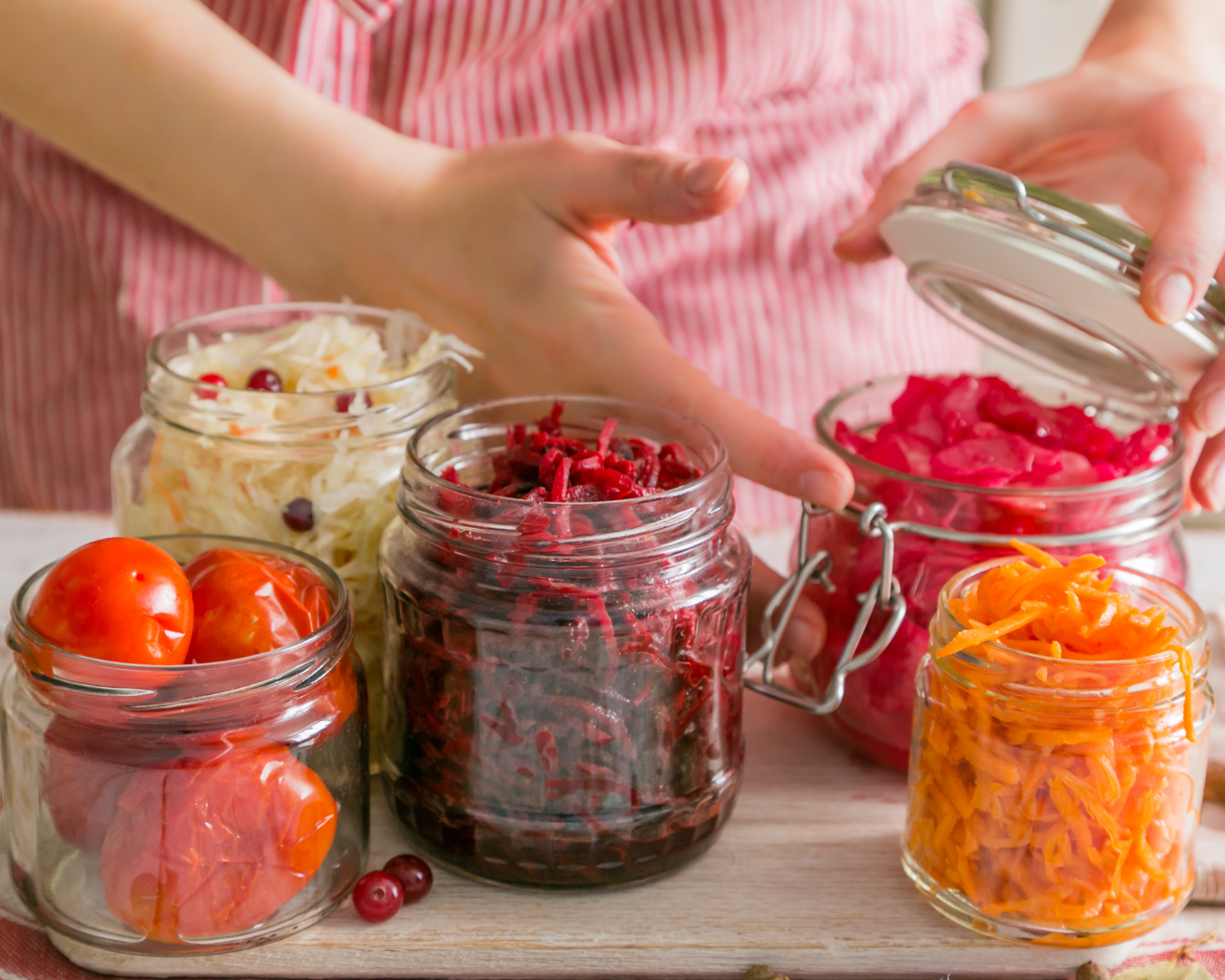How to Ferment Vegetables at Home: A Beginner’s Guide
Fermenting vegetables at home is a delightful and rewarding process that not only enhances the flavor of your food but also boosts its nutritional value. Rich in probiotics, fermented vegetables support gut health and can add a tangy zest to your meals. This beginner’s guide will walk you through the basics of vegetable fermentation, ensuring you achieve delicious results every time. What is Fermentation? Fermentation is a natural process where microorganisms like bacteria and yeast convert sugars and starches into alcohol or acids. In the case of vegetable fermentation, beneficial bacteria, primarily lactobacilli, convert sugars into lactic acid, which acts as a preservative and gives fermented foods their distinctive sour taste. Benefits of Fermented Vegetables Before you begin, gather the necessary equipment: Step-by-Step Guide to Fermenting Vegetables Step 1: Choose and Prepare Your Vegetables Select fresh, organic vegetables. Popular choices include: Wash the vegetables thoroughly to remove any dirt or pesticides. Cut them into desired shapes and sizes, keeping in mind that smaller pieces ferment faster. Step 2: Create the Brine The brine is a saltwater solution that helps create the ideal environment for fermentation. The basic ratio is 1-3 tablespoons of salt per quart (liter) of water. Dissolve the salt in water, ensuring it’s fully mixed. Step 3: Pack the Vegetables Pack the vegetables tightly into your fermentation vessel, leaving about 1-2 inches (2.5-5 cm) of headspace at the top. Pour the brine over the vegetables until they are completely submerged. Use weights to keep the vegetables below the brine to prevent mold growth. Step 4: Cover and Ferment Cover the jar with a cloth secured with a rubber band to allow gases to escape while keeping contaminants out. Place the jar in a cool, dark place, such as a pantry or cupboard, at a temperature between 60-75°F (15-24°C). Step 5: Monitor and Taste Fermentation times can vary depending on the vegetables and the temperature. Start tasting your vegetables after a few days. They are usually ready in 1-4 weeks. The longer they ferment, the tangier they become. When they reach your desired flavor, move them to the refrigerator to slow down the fermentation process. Tips for Successful Fermentation Delicious Ways to Enjoy Fermented Vegetables Fermenting vegetables at home is a simple and rewarding process that can boost the flavor and nutritional value of your meals. With just a few basic ingredients and some patience, you can create delicious, probiotic-rich vegetables that will benefit your health and delight your taste buds. So, gather your supplies, choose your favorite vegetables, and start fermenting your way to a healthier, tastier kitchen!

